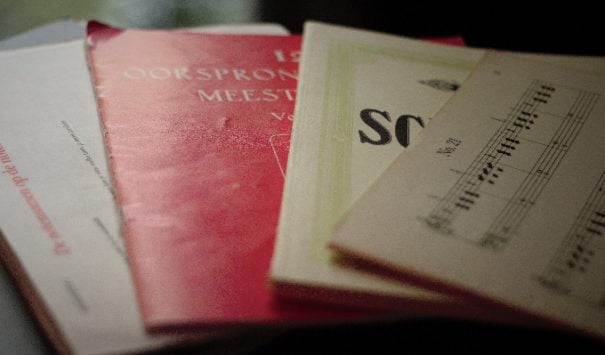Whether you’re new to the planning process or just need a fresh approach, starting with a piano lesson plan template can be a big help. A great planning structure can allow you to see things from a new perspective and better understand your students’ learning journeys.

This planning template for music lessons takes just one possible approach. It’s a useful plan for many students, but it’s not meant to be universal. All I ask is that you take the time to use the template at least a few times and see what you can learn from it.
If it’s the perfect process for you – great!
If not, digest the takeaways from this process and try one of these other styles of lesson planning or visit my Piano Lesson Planning page for more inspiration.

Subscribe to the newsletter and get the Lesson Planning Level-Up
Enter your details to subscribe to the newsletter for piano teachers with information, tips and offers.
I hate spam as much as you do! I will only send you emails related directly to piano teaching and you can unsubscribe at any time.
How This Template Works
In this template, we start our piano lesson plans with the repertoire and branch off our other teaching activities and ideas from there.
Step 1: New Pieces and Exercises
First, you’ll fill in the new pieces or exercises you want your student to start at their upcoming lesson. This can include everything from new repertoire to sections of bigger pieces to scales. Anything “new”.
There’s space for up to 3 new items here, but don’t feel you have to fill all the spots. If you only have one new piece or scale this week that’s totally fine.
Step 2: Ongoing Pieces and Exercises
The next page has spaces for ongoing pieces and exercises. This should include anything that your student was already working on which they’ll be assigned again for the following week.
You can just guesstimate which items they’ll be ready to move on from and which they won’t. Most students are reasonably predictable in the progress made between lessons, but don’t overthink this or worry if you get it wrong.

Step 3: Brand New and Review Concepts
For each new and ongoing piece or exercise you added, there’s space to note concepts which will be new to your students and those which could use some review. This can take a while to get the hang of, but it’s one of the most valuable parts of the process so don’t skimp!
Take the time to consider what concepts and techniques in this piece/exercise your student already knows or has the skills to do, and what they don’t. It sounds simple but it might be quite challenging at first, so be patient with yourself.
Step 4: Creativising & Gamifying the Concepts
Once you know what your student doesn’t know, you can plan the teaching. For each concept, do a quick brainstorm or search in the Vibrant Music Teaching library to find a way you could use a game, improvisation or other creative strategy to teach this.
Step 5: Putting it All Together
We’re not going to use all of these ideas, of course, because that lesson would be 5 hours long! On the third page of the lesson plan template, you have space to list up to 10 of the potential activities you identified and give them a value rating for this particular student so that you can come up with your final lesson plan and time estimates.
Go with your gut and don’t fuss over these rankings. Take the ultimate top 2 or 3 activities that you’ll implement during the lesson, and outline your plan in the last section of the template. Remember, you can always use the other ideas next week. They’re not going anywhere. 😉
How does this template work for you?
If you give it a try for a few lessons, I’d love to hear how it went. Let me know in the comments below!